
Ten years ago, in 2015, twenty-one Coptic Christians were kidnapped, clothed in orange jumpsuits, and beheaded by ISIS, the terrorist organization – who filmed the execution for public release.
The outcry, as can be imagined, was intense and many people remember the gut-wrenching images and reporting from that time. What is less known is the story of the people who were killed and the ultimate reason why they are now considered martyrs.
“The 2015 beheading of 21 Coptic Christians by ISIS sent shockwaves across the globe and left a deep, lasting impact on me personally,” said Tod Polson, “When the opportunity arose to tell their story, I embraced it wholeheartedly.”
The men refused to give up their faith even as they lay captive, tortured, and eventually executed because of their belief in Jesus Christ.
Polson is an award-winning director who, along with a team of over 70 artists spanning 24 countries, released a short film telling the story of the 21 – animated in the style of neo-Coptic iconography.
The twenty-one Coptic Martyrs, as they are now referred to, were added to the Roman Martyrology by Pope Francis in 2023 – the first time in history that Coptic Christians were recognized as martyrs in the Catholic Church. The reason? They were killed because of their deep faith in Jesus Christ and martyred because of their captors’ deep hatred of The Faith.
Their story is a story of faithfulness and devotion. It’s a story that we need to hear.
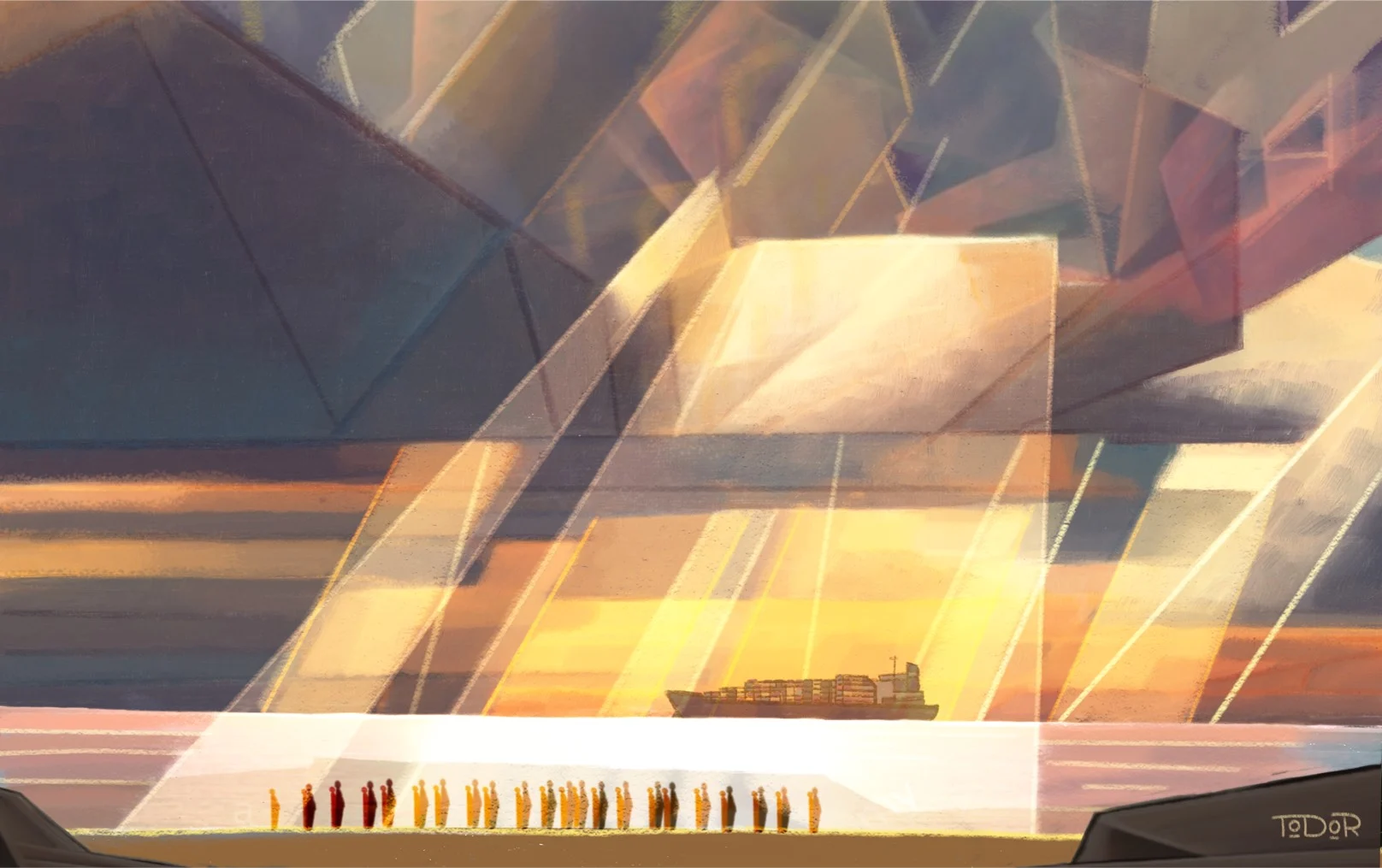
What is death?
In order to understand martyrdom, one first needs to understand death.
“…pray for us sinners now and at the hour of our death.”
Catholics throughout the world have prayed this very line countless times throughout their life. And yet “our death” really isn’t something American Catholics think about often. Our culture today has largely shielded us from what it has deemed the unsavory parts of a very human reality.
Content continues after this module
It wasn’t always like this. Throughout history, death has been a very present part of life. One need only think of the realities of persecution in the early church or the many wars fought throughout history to come to the conclusion that “mortality” was present.
But in today’s world of luxury and “sunshine,” one doesn’t often think of one’s mortality.
But this half-baked reality of death is disingenuous
Our concept of death is defined by our own personal experiences or how death has been portrayed to us. Perhaps it’s a mysterious man in a cape who knocks on our door or a figurative “ending” in the far-off future.
But this half-baked reality of death is disingenuous and does humanity a disservice because it erodes the very foundations of our faith. At some point, “the hour of our death” will be “now” and we don’t know the time that this will happen – just like we don’t know the time of Christ’s second coming.
The Apostle Paul wrote, “We shall not all fall asleep, but we will all be changed, in an instant, in the blink of an eye, at the last trumpet. For the trumpet will sound, the dead will be raised incorruptible, and we shall be changed.”
Death, in Christ, isn’t terminal. It isn’t the end. St. Paul continues, starting by quoting the prophets Isaiah and Hosea:
“‘Death has been swallowed up in victory.’
‘Where, O death, is your victory?
Where, O death, is your sting?’
The sting of death is sin, and the power of sin is the law. But thanks be to God! He gives us the victory through our Lord Jesus Christ.
Therefore, my dear brothers and
sisters, stand firm. Let nothing move you. Always give yourselves fully to the work of the Lord, because you know that your labor in the Lord is not in vain.”
Death isn’t the end. It’s the next part of life in Christ. It is with this understanding that helps us talk about martyrship.
The Coptic Martyrs
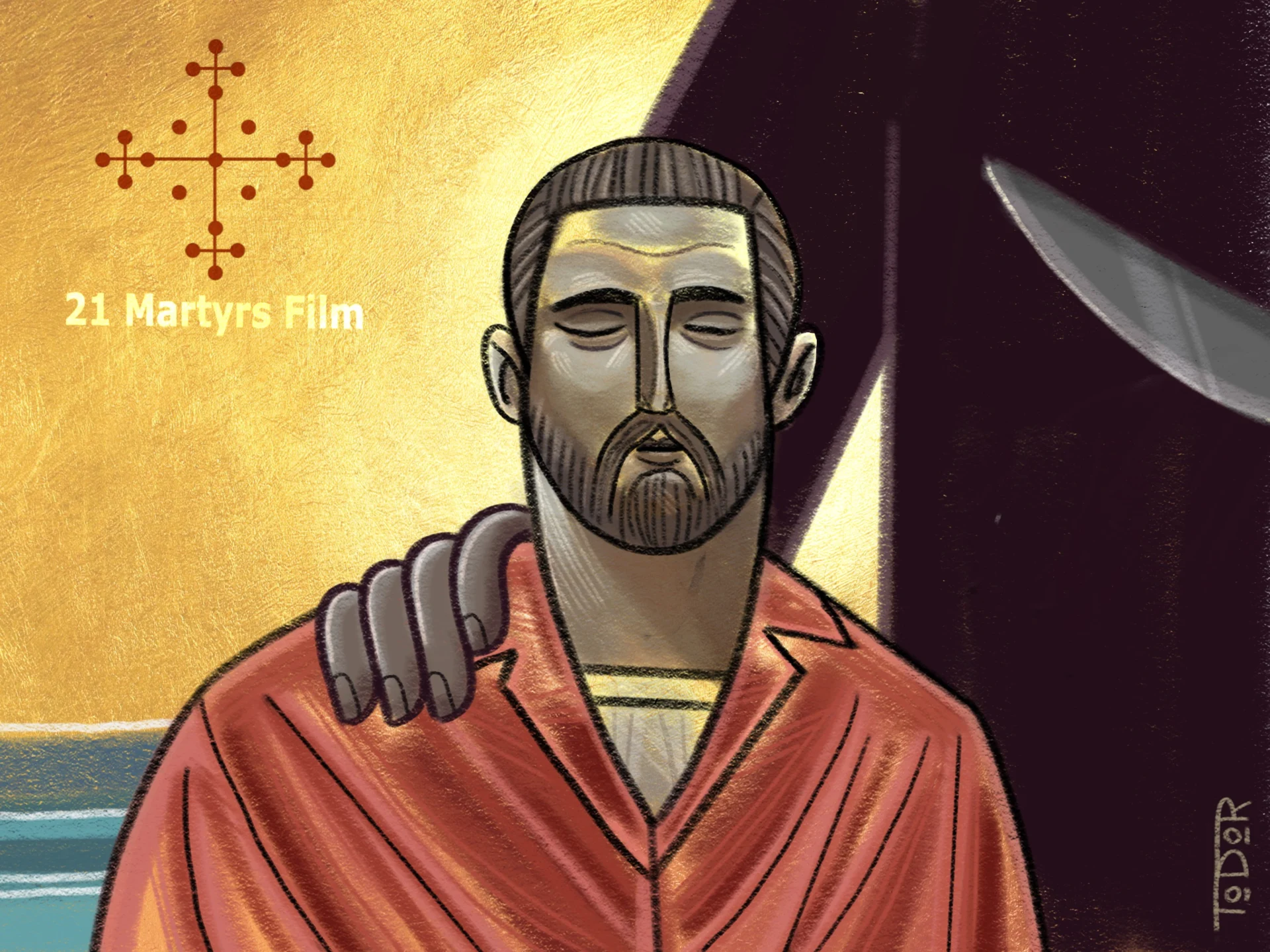
Ten years ago, images of Christian men walking to their deaths clad in orange jumpsuits shocked the world. The video, by ISIS militants and released to the world as propaganda, showed twenty-one men as they walked and were ultimately beheaded. While their images may be recognizable by Americans who saw the news ten years ago, their story may not be.
In December of 2014 and January of 2015 twenty Coptic Christians were kidnapped and detained after refusing to renounce their faith. Another man, originally from Ghana, joined them when he told his captors that “their God is my God.”
As the twenty-one Christians continued to refuse to renounce their faith, their capturers tried more twisted measures to force them to comply. Even though they were progressively bribed, tortured, and ultimately killed, they never lost their faith. Throughout, they remained silent except to pray.
This continued, even through their ultimate death; killed in the name of Jesus.
Pope Francis, quoted in news sources around that time, said, “These martyrs were baptized not only in water and the Spirit, but also in blood, blood that is a seed of unity for all followers of Christ.”
There is a long-standing tradition in the Church of a ‘baptism by fire’ – The Catechism in CCC1258 explains:
“the Church has always held the firm conviction that those who suffer death for the sake of the faith without having received Baptism are baptized by their death for and with Christ.”
There are many articles talking about the reasoning behind the Supreme Pontiff’s announcement, so this piece won’t devote space to it*. However, the Pope, in his wisdom, saw fit to include the men in the Roman Martyrology and, at least in this author’s mind, there is no doubt that the men died due to a firmly held belief in Jesus and were killed due to a deep hatred of The True Faith on the part of their captors.
Telling the story of the Coptic Martyrs
The story of the Coptic Martyrs is inspiring and demands to be told.
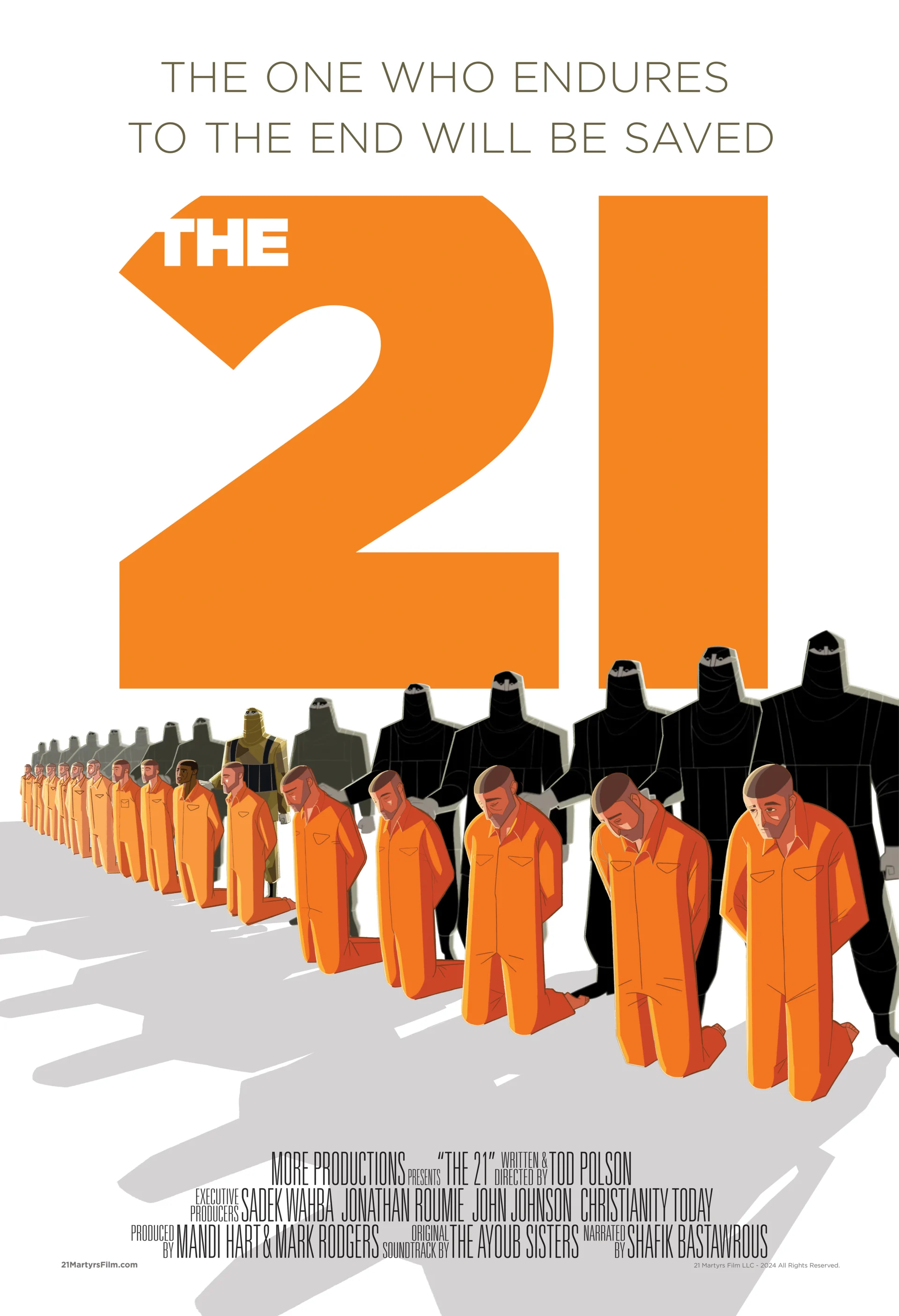
“As Christians, we know that death is not the end, nor even the greatest thing to fear,” says Jonathan Roumie, a devout Catholic best known for his portrayal of Jesus in The Chosen, “These brave men’s stories need to be told and shared so that the world will know in Whom we find the ultimate example of hope…one that is never extinguished.”
Roumie is Executive Producer of The 21 a 13-minute free animated short film directed by Tod Polson and worked on by over 70 artists.
“The creation of the film has been an incredible journey,” says Polson in a statement, “The story evolved slowly, shaped by interviews with Coptic Christians, former ISIS members, and journalists embedded with the Libyan army. Spending time with the families of the martyrs allowed me to better understand who these men were, further deepening my admiration for their courage and conviction.”
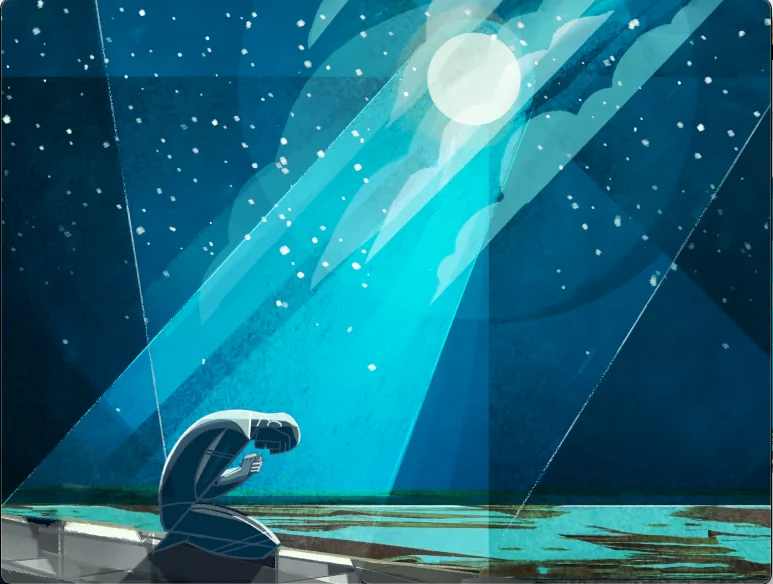
Presenting the story of the twenty-one Coptic Martyrs, the film is powerful and unapologetic in its presentation. Beautiful Coptic-style imagery, an original soundtrack, and their story are woven together along with actual videos of the men themselves.
The decision to use non-graphic parts of the martyrship video is a powerful one – it allows the film to “take back” the story of the faithful men who were killed, and captured on film in order to be corrupted for evil. Their story is powerful.
In one moving scene, the men chant, “Kyrie eleison” “Lord have Mercy” over and over again.
“These brave men’s stories need to be told and shared so that the world will know in Whom we find the ultimate example of hope”
“The visual style of The 21 is rooted in traditional iconography,” says Polson, “Artists from Egypt, Syria, Ukraine, and the United States contributed their expertise, not only helping shape the aesthetic of the film but also influencing my own approach to art. Animation artists from around the world lent their talents, each adding something personal to the project.”
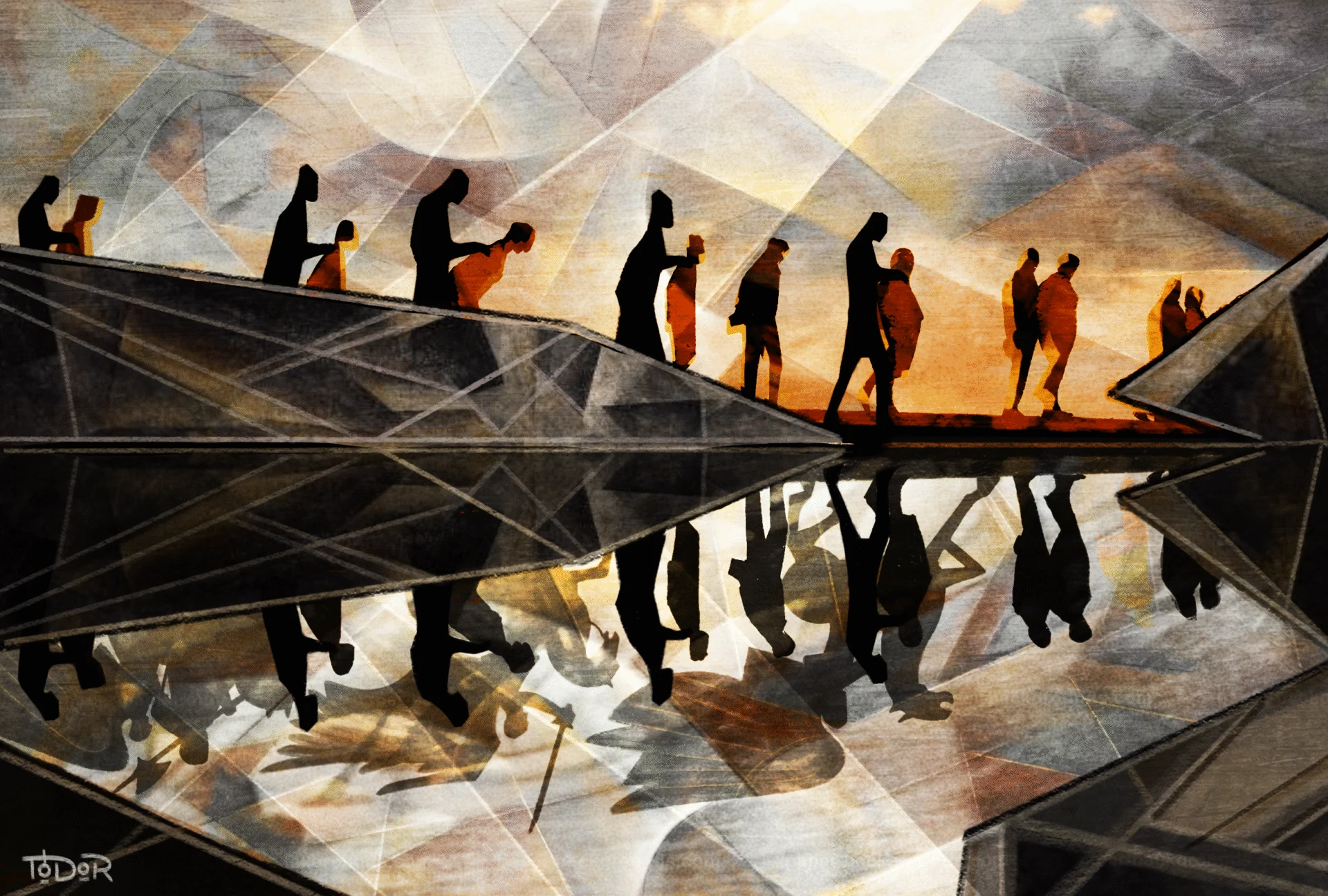
Will you have the courage to stand ready?
What does it mean to be a martyr? Pope Benedict XVI said, “The martyr follows the Lord to the very end, freely accepting death for the salvation of the world in a supreme test of love and faith.”
In the Vatican II Church document, Lumen Gentium, martyrdom is explained like this:
“The Church, then, considers martyrdom as an exceptional gift and as the fullest proof of love. By martyrdom a disciple is transformed into an image of his Master by freely accepting death for the salvation of the world—as well as his conformity to Christ in the shedding of his blood. Though few are presented such an opportunity, nevertheless all must be prepared to confess Christ before men. They must be prepared to make this profession of faith even in the midst of persecutions, which will never be lacking to the Church, in following the way of the cross.”
The story of the twenty-one, along with all those Martyrs known and unknown, show us what it means to stand firm and witness to even profound hatred.
“It’s up to those of us in the creative community to make films like this to spotlight and honor those who made the ultimate sacrifice for their faith; martyrs (and their families) who have shown the rest of us what discipleship truly means, and what sainthood looks like,” Roumie says. “God’s love transcends and renews all things.”
Not many are called to be martyrs and serve God in this way, but all Catholics must stand ready – because, as much as one does not like to think about it, death is not the end. The faithful need to stand ready.
Kyrie eleison. ■
*EDITOR’S NOTE: For those interested in learning more about the Pope’s reasons for including the Coptic men in the Roman Martyrology, a few pieces for further reading can be found here, here, and here.
■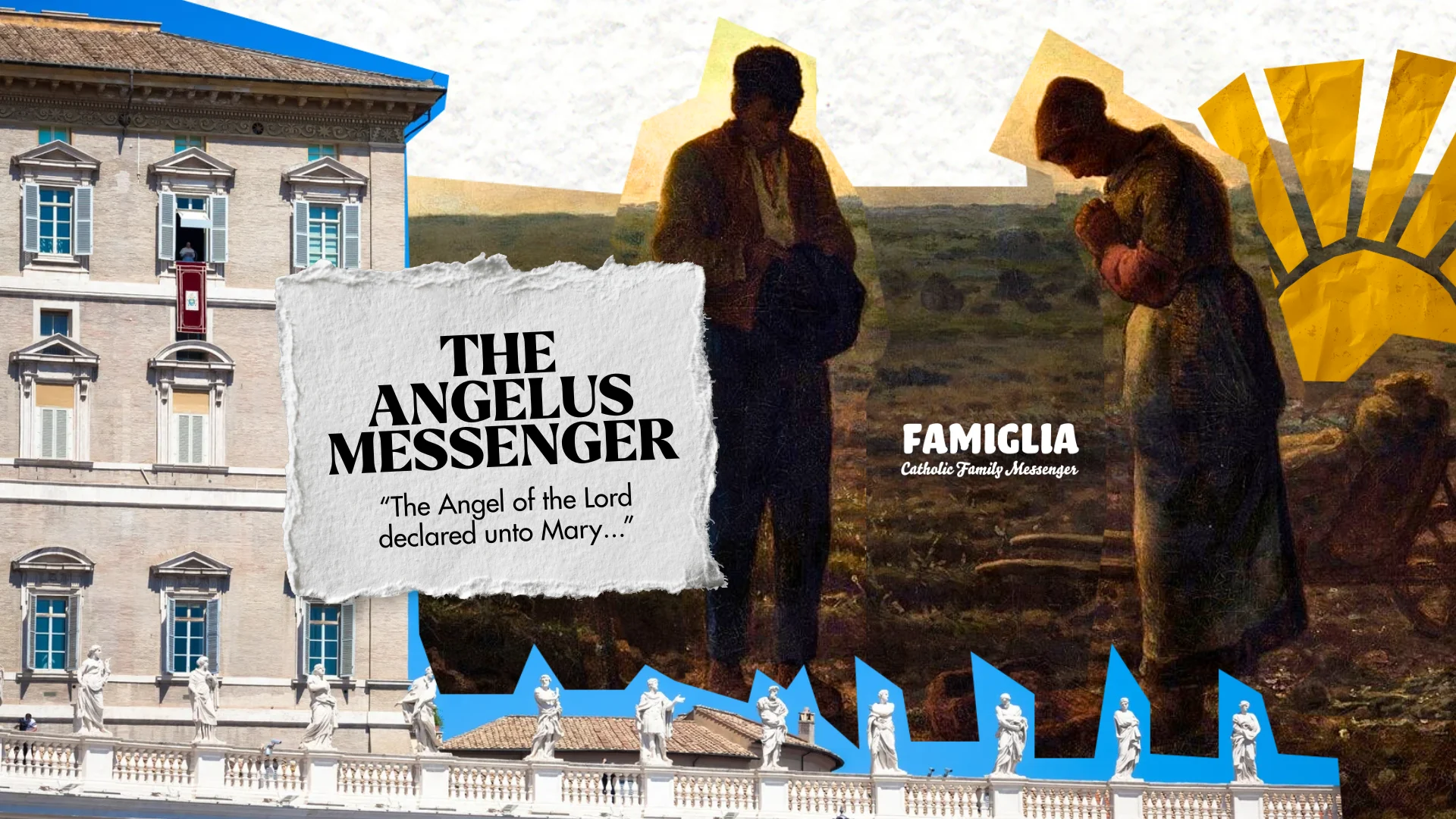
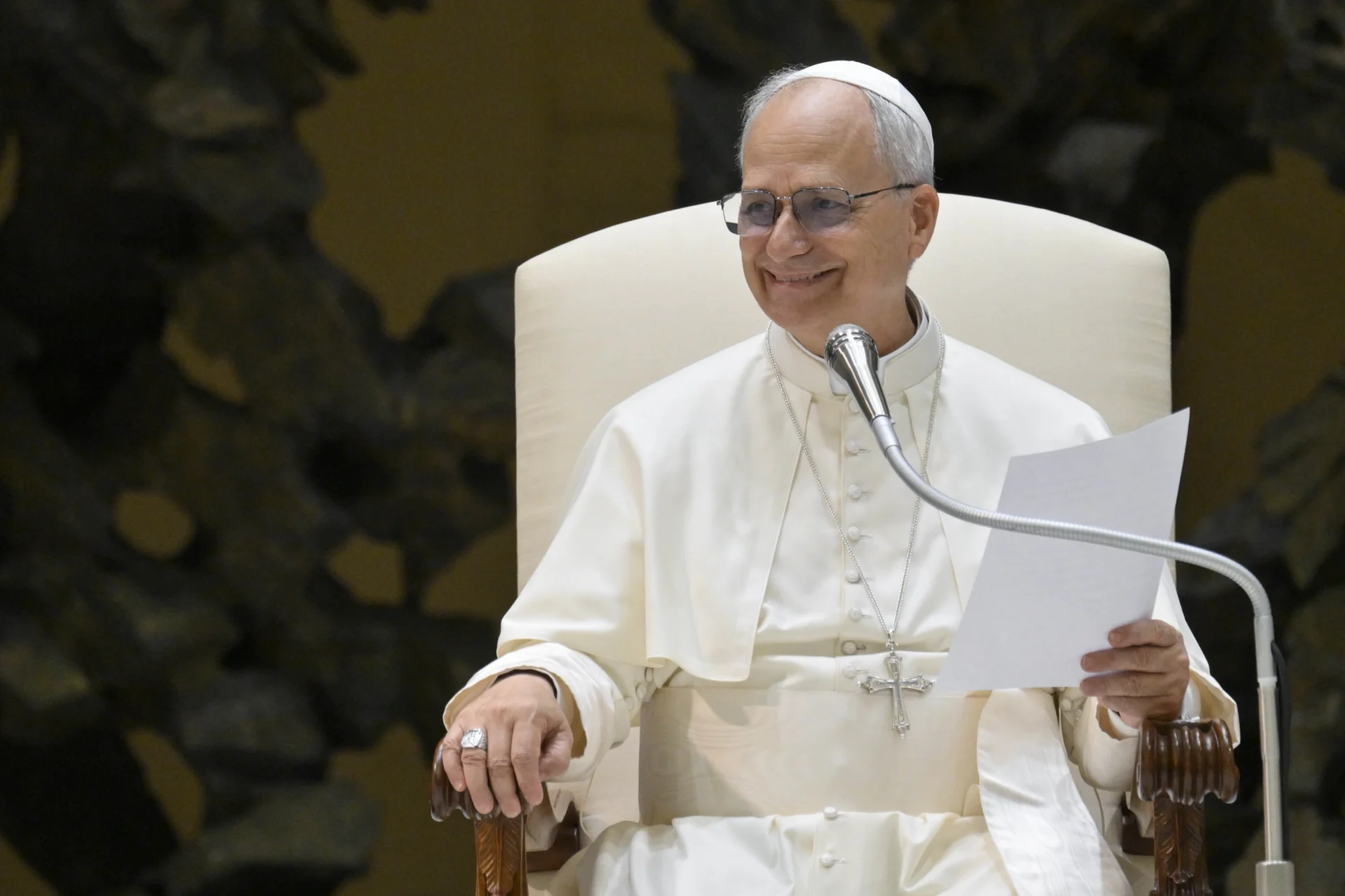
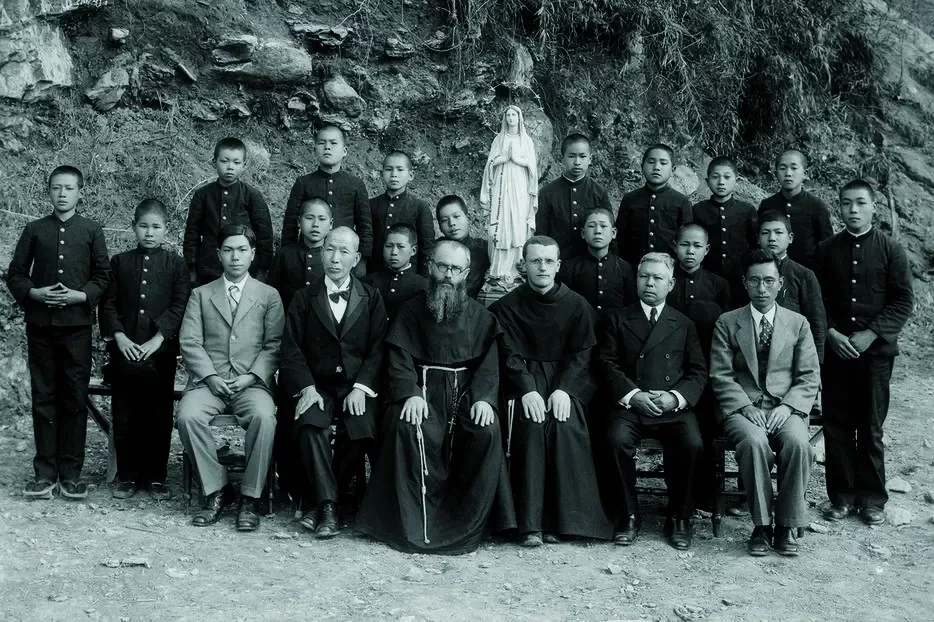
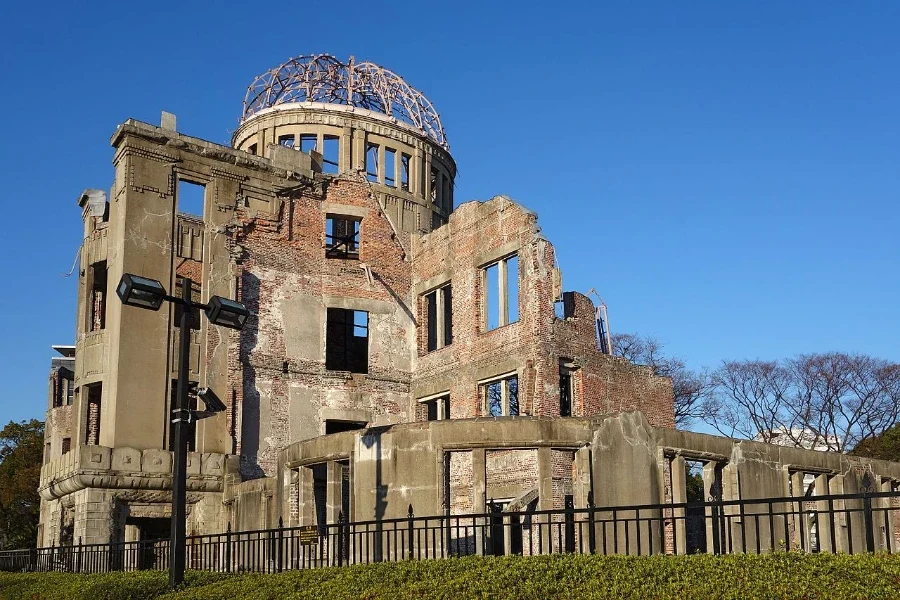
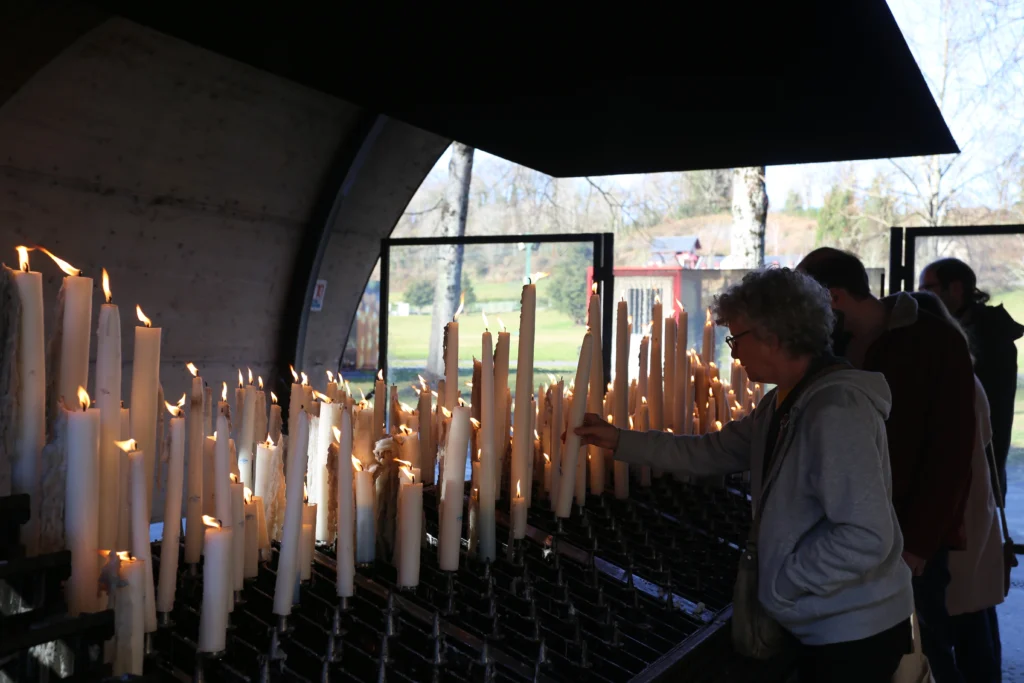

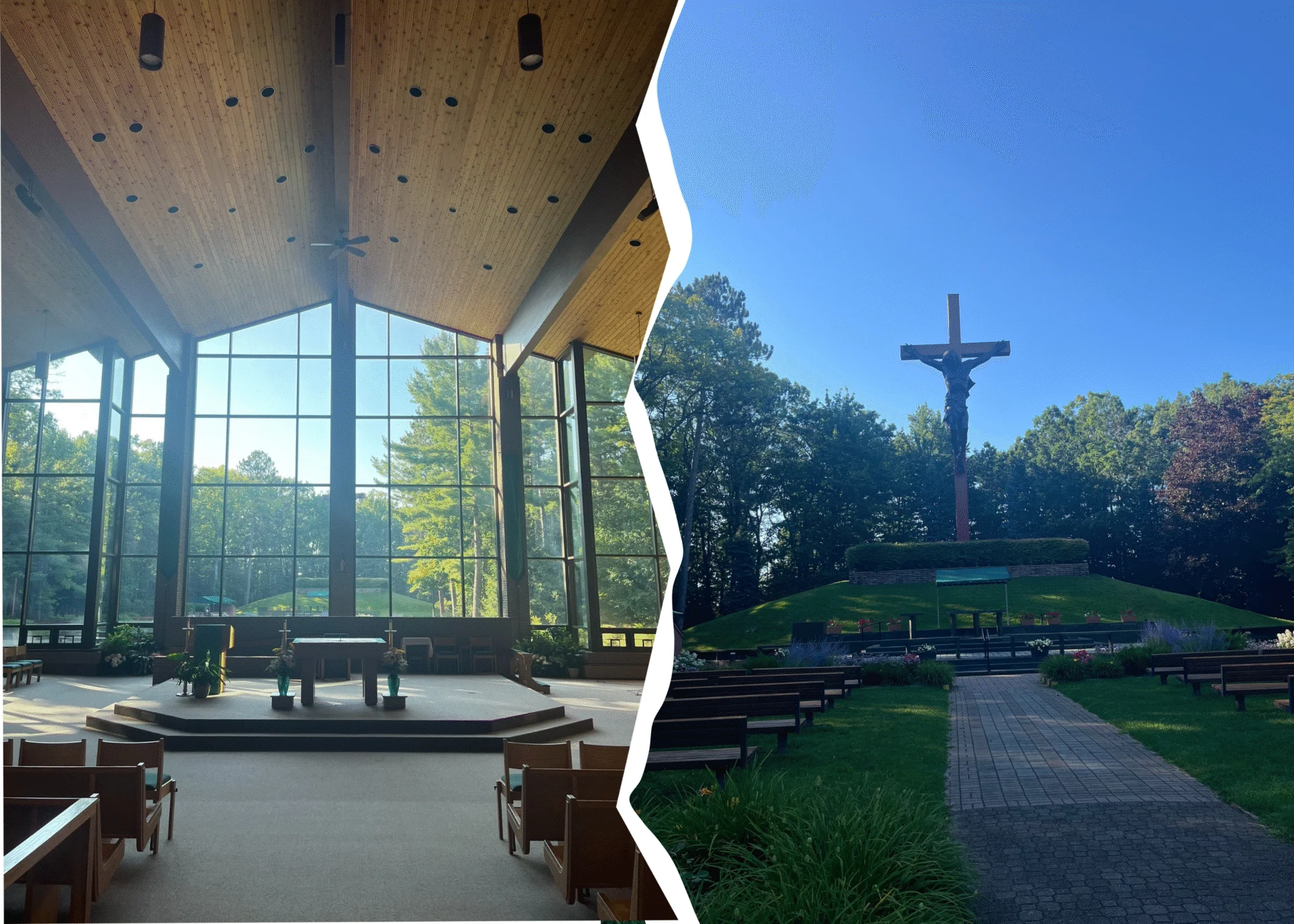


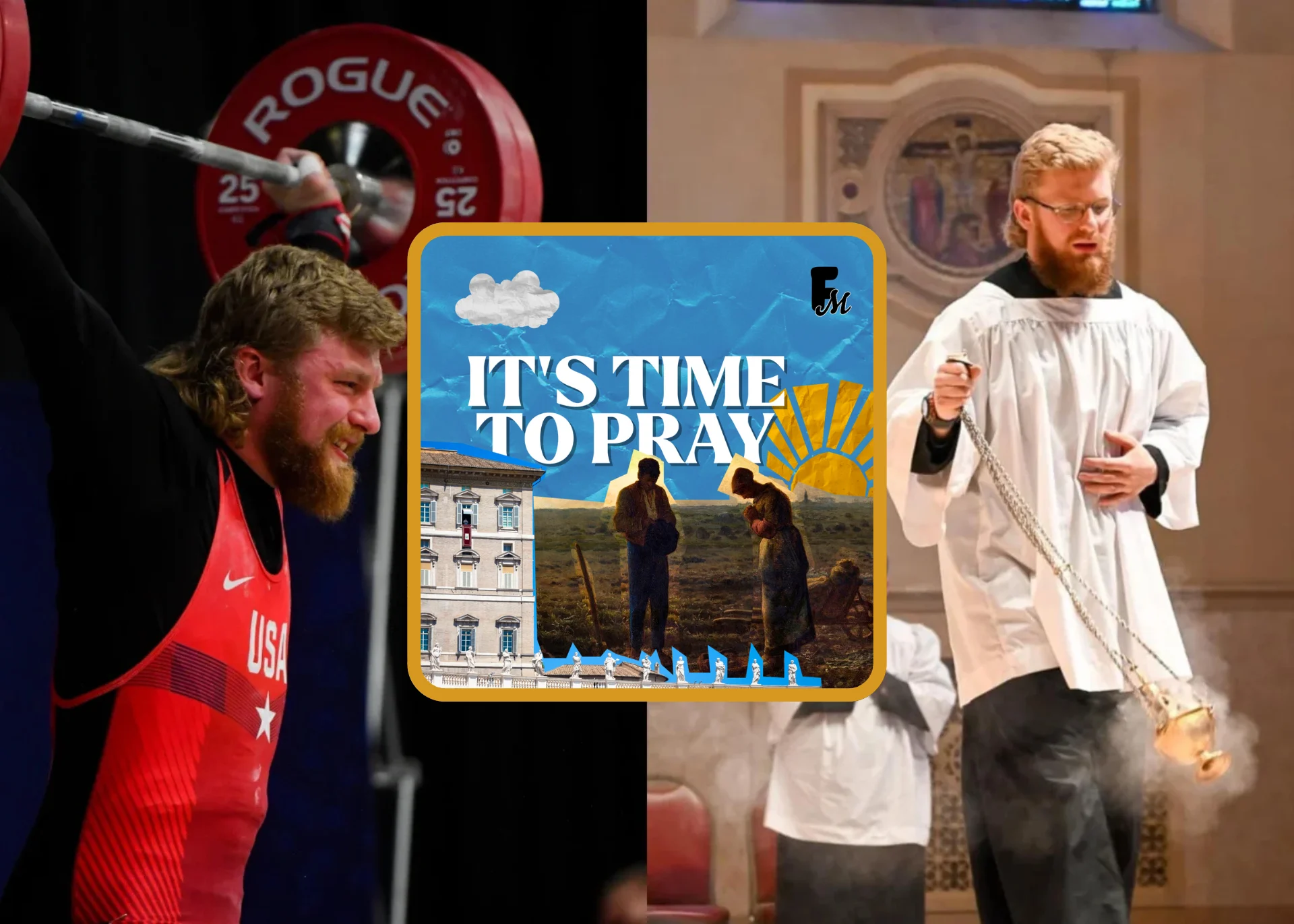
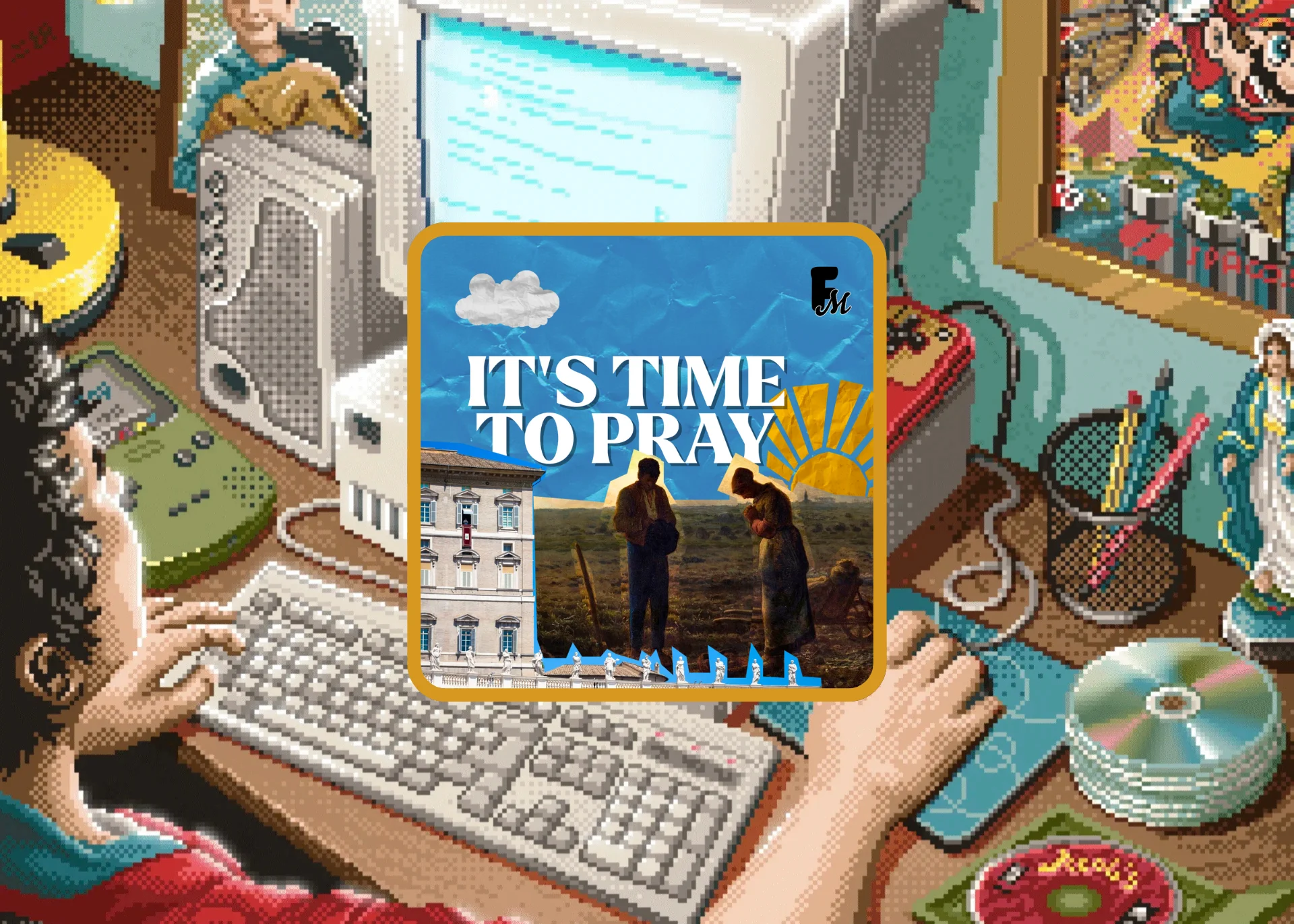

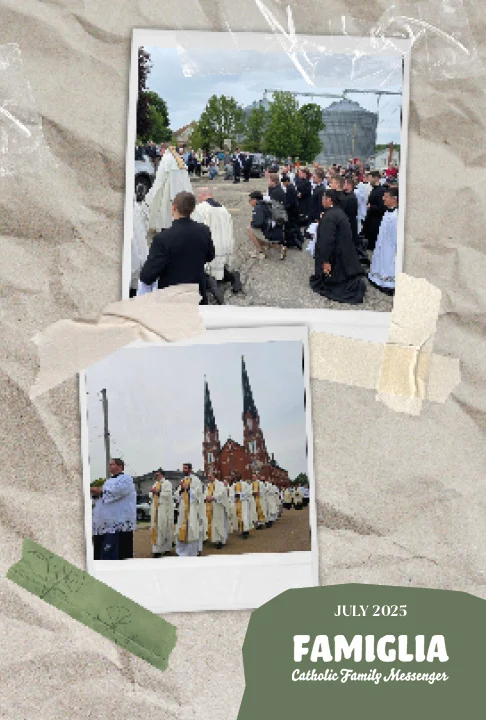
Join in on the conversation with a FAMIGLIA subscription!
Comments are restricted to subscribers. Simply subscribe now or login to join the conversation and join the community!